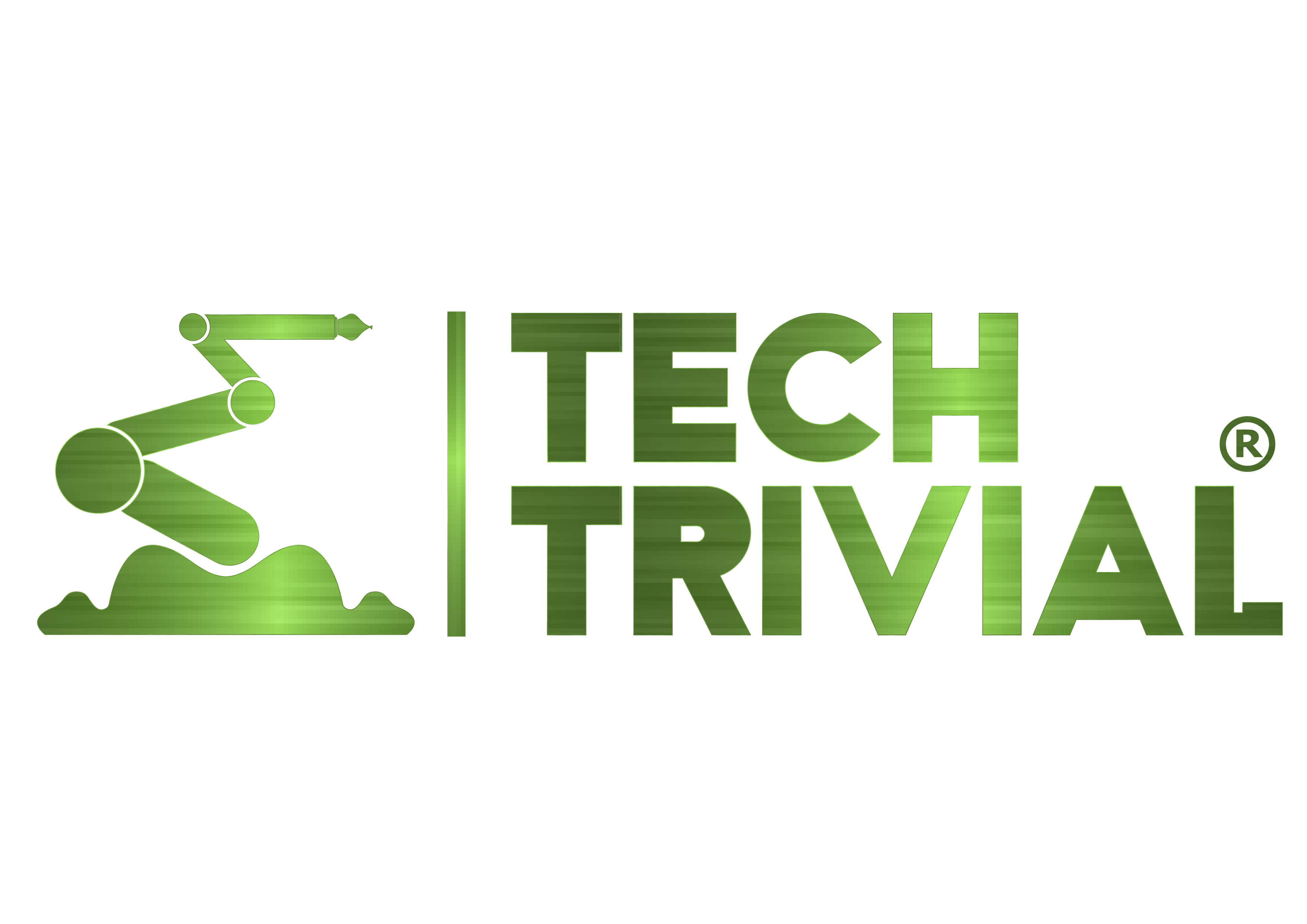
Building Constructions and Materials Vertical Fire Resistance Test Furnace
The device consists of fire test furnace, control cabinet, gas system, purification system, sample test stand, gas flow measurement system, temperature measurement system and pressure measurement and control system.
The device can be used to determine the fire resistance characteristics of the frame door, non-frame door, rolling shutter door, the fireproof glass etc.
Specifications:-
Warranty:-1 year, 1 Year
Certification:-CSA, pock, Reach, IECEE, sock, UL, EPA, GS
Material:-SUS 304 Stainless Steel
Combustion gas:-Propane & petroleum liquefied gas=
Model Number:-D257
Customized support:-OEM, ODM
Load measurement:-±2.5% of test load
Power:-Electronic
Application:-Building Construction and Materials
Standard:-BS 476-20, ASTM E119-Exhaust
Air supply:-≥ 3200 m3/h
| Technical parameters | |
| Air supply | ≥ 3200 m3/h |
| Supply air flow | ≥ 7500 m3/h |
| Exhaust flow rate | ≥ 8000 m3/h |
| Deformation accuracy | ±2 mm |
| Environment and backfire surface | ±2.5 ℃ |
| Furnace pressure | ±3 pa |
| Other temperature | ±10 ℃ |
| Pressure sensor accuracy | ±0.5 pa |
| Axial compression or expansion measurement | ±0.5 mm |
| Load measurement | ±2.5% of test load |
| Deformation measurement | ±2 mm, time: ±1 s/h |
| Combustion gas | Propane purity is 95% or petroleum liquefied gas (user-owned) |
| Power | AC380V±10%, three-phase five-wire system, 50Hz, power: 50kw |
Frequently Asked Questions:-
What is BS 476?
The British Standard 476 fire tests for these level of fire resistance elements of structure/materials and grades The tests that dictate the to the Solid Surface industry are the BS476 part 6, appropriate relevant and BS476 part 7.
What is the difference Class A and Class C fire between ratings?
A combustible flame spread Class A, Class B, or Class C based on a material rated as its material will be rated as performance in this test. Class results of results in a A would have a lower, and therefore a better performance rating, than a Class C material. The numeric rating the flame spread test
